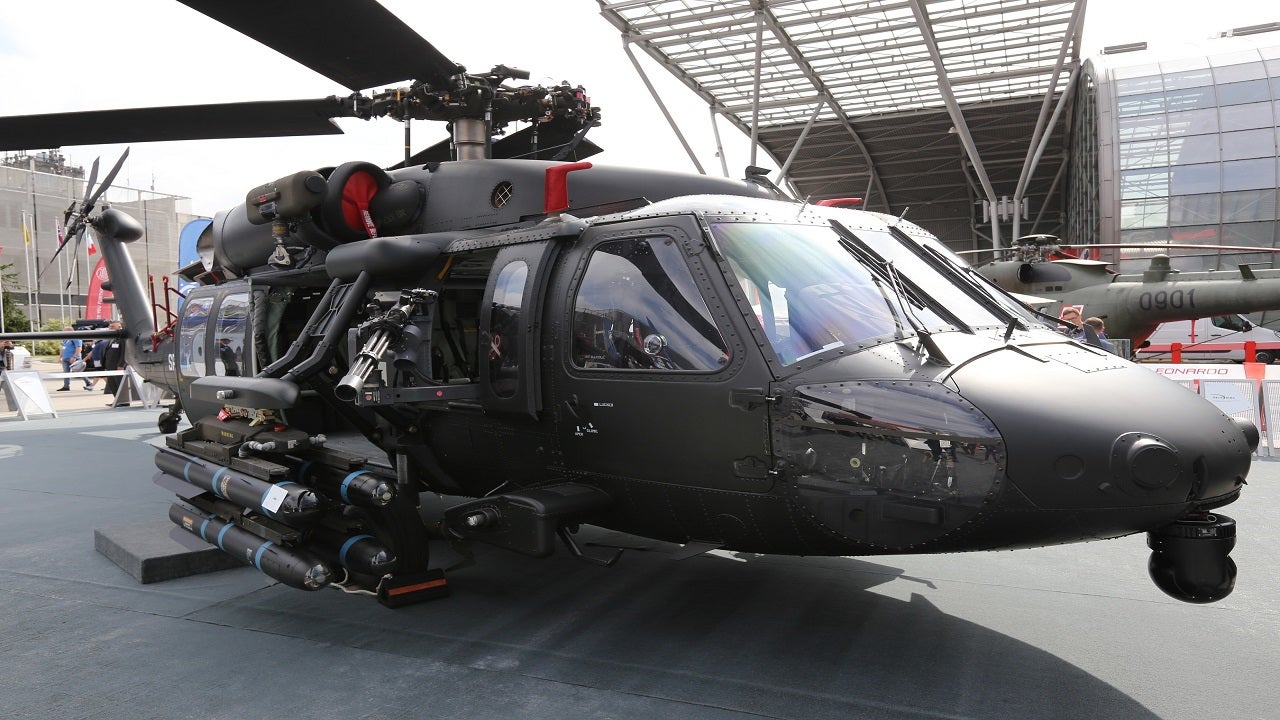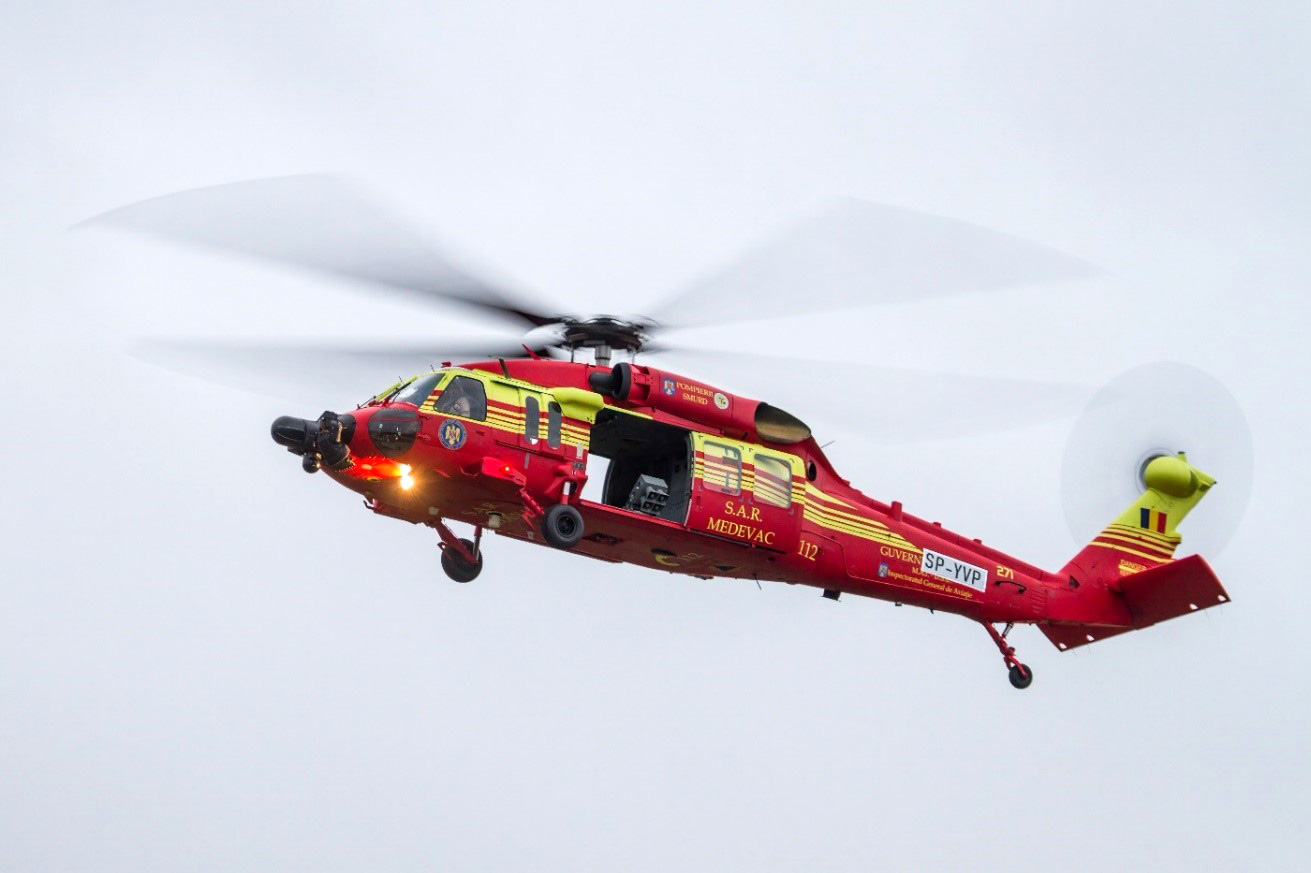High-Performance Multi-Role Rotorcraft Featuring Advanced Cockpit Technologies and Integrated Sensor Solutions
The world of rotorcraft innovation has actually seen significant developments in recent times, especially in the world of high-performance multi-role rotorcraft furnished with advanced cockpit modern technologies and flawlessly incorporated sensing unit systems. These innovations have not just increased the functional abilities of rotorcraft but have actually also significantly influenced contemporary air travel procedures on numerous fronts. From improved objective adaptability to improved functional effectiveness, the merging of sophisticated cabin technologies and integrated sensing unit systems has ushered in a brand-new era of opportunities for rotorcraft applications. In the complying with discussion, we will certainly discover the development of rotorcraft technology, look into the realm of sophisticated cockpit developments, and examine the implications of incorporated sensor systems on the operational versatility and performance of modern rotorcraft.
Evolution of Rotorcraft Modern Technology
The evolution of rotorcraft innovation has actually been marked by considerable innovations in aerodynamics, materials, and propulsion systems, forming the capabilities and performance of contemporary rotorcraft. Wind resistant renovations have improved the effectiveness and ability to move of rotorcraft, enabling boosted rate, dexterity, and stability throughout flight (sikorsky s 70). Developments in materials, such as making use of composite products and progressed alloys, have actually caused lighter yet more powerful rotorcraft frameworks, boosting total performance and sturdiness. In addition, innovations in propulsion systems, consisting of more powerful engines and innovative propulsion technologies, have enabled rotorcraft to achieve higher elevations, faster rates, and better hauls.
These advancements have not just transformed the capabilities of rotorcraft yet have actually also increased their applications throughout various sectors, consisting of military, business, and emergency solutions. The constant evolution of rotorcraft modern technology proceeds to drive advancement in the field, pressing the boundaries of what is feasible and shaping the future of upright flight.
Advanced Cabin Innovations
Structure upon the foundational advancements in the rules of aerodynamics, materials, and propulsion systems, the realm of rotorcraft modern technology currently moves focus towards introducing Advanced Cockpit Innovations. The assimilation of sophisticated technologies within the cabin atmosphere plays an essential role in enhancing the functional capabilities, security, and performance of contemporary rotorcraft. sikorsky s 70. Advanced Cabin Innovations include a wide variety of attributes made to provide pilots with improved situational understanding, streamlined data monitoring, and intuitive control interfaces
Among the key improvements in cabin design is the application of glass cabins, which replace standard analog gauges with high-resolution screens. These digital systems offer customizable formats, real-time information integration, and boosted readability, allowing pilots to accessibility crucial info at a glance. Additionally, progressed avionics systems, such as fly-by-wire controls and enhanced reality displays, are transforming exactly how pilots connect with the airplane, allowing for precise control and improved decision-making abilities.


Incorporating sophisticated cockpit advancements not just enhances pilot performance yet also adds to total mission efficiency and security in intricate functional atmospheres. By leveraging modern modern technologies within the cockpit, rotorcraft manufacturers are setting new standards for operational excellence and objective success.
Integrated Sensor Systems
With the development of rotorcraft modern technology, the integration of sophisticated Integrated Sensor Systems has ended up being extremely important in enhancing functional effectiveness and security. These Integrated Sensor Equipments include a wide variety of innovations that offer crucial data for various features such as navigating, monitoring, targeting, and environmental surveillance. By perfectly incorporating sensing units like radars, video cameras, lidar, and infrared systems right into rotorcraft, operators can profit from improved situational understanding, boosted mission abilities, and lowered pilot workload.
One key benefit of Integrated Sensing unit Systems is their ability to gather real-time information and provide actionable understandings to pilots and goal operators. Progressed radar systems can identify and track targets over long ranges, allowing for early threat detection and efficient reaction planning. Furthermore, incorporating infrared and electro-optical cameras allows rotorcraft to perform reconnaissance and monitoring goals with accuracy and precision.
Fundamentally, the assimilation of sophisticated sensing unit modern technologies right into rotorcraft not just boosts functional efficiency however likewise contributes considerably to overall goal success and crew security. As rotorcraft remain to progress, the function of Integrated Sensor Systems will definitely stay at the leading edge of development in the aerospace industry.
Operational Convenience and Efficiency
Enhancing operational flexibility and efficiency in rotorcraft is an all-natural development from the combination of advanced Integrated Sensing unit Equipments. By leveraging the understandings and information offered by these cutting-edge sensing unit systems, rotorcraft can enhance their performance throughout different missions and settings.
Operational versatility incorporates the capability of rotorcraft to adapt to various functions and circumstances efficiently. With innovative cabin innovations and incorporated sensor systems, rotorcraft can seamlessly change between jobs such as search and rescue, clinical evacuation, surveillance, and more. This flexibility improves the rotorcraft's capability to fulfill diverse functional needs without calling for substantial reconfiguration.
Efficiency in click this rotorcraft procedures is essential for taking full advantage of goal efficiency and source utilization. Integrated sensing unit systems play a crucial function in improving functional efficiency by supplying real-time information on weather problems, surface mapping, target tracking, and much more. This information makes it possible for pilots to make educated choices swiftly, optimize trip courses, preserve fuel, and enhance general goal performance.
Influence On Modern Aeronautics Procedures

Additionally, the assimilation of innovative see here sensors helps with improved goal planning and implementation, enabling rotorcraft to execute a large range of jobs with enhanced precision. From search and rescue procedures to aerial firefighting and regulation enforcement missions, the capabilities of contemporary rotorcraft equipped with sophisticated cabin technologies and incorporated sensing unit systems are unmatched.
Furthermore, the influence of these advancements prolongs past operational effectiveness to cost-effectiveness and sustainability. By maximizing flight paths, gas consumption, and maintenance timetables, high-performance rotorcraft equipped with sophisticated cabin modern technologies and sensors add to minimizing operational prices and environmental effect, making them indispensable possessions in modern-day aeronautics operations.
Final Thought
In final thought, the high-performance multi-role rotorcraft with advanced cockpit innovations and incorporated sensing unit systems stands for a significant advancement in aviation technology. These developments improve functional convenience and performance, eventually influencing modern-day aeronautics procedures in a positive way. The integration of these innovative technologies allows for improved capabilities and performance in various mission scenarios, showcasing the continued advancement of rotorcraft technology in the aviation sector.
The world of rotorcraft modern technology has actually seen remarkable innovations in current times, specifically in the world of high-performance multi-role rotorcraft furnished with advanced cockpit modern technologies and flawlessly incorporated sensing unit systems. From improved objective flexibility to improved operational performance, the merging of sophisticated cockpit technologies website here and incorporated sensing unit systems has ushered in a brand-new period of possibilities for rotorcraft applications. In the following conversation, we will certainly check out the evolution of rotorcraft technology, dive into the realm of innovative cabin advancements, and analyze the ramifications of incorporated sensing unit systems on the operational flexibility and effectiveness of modern rotorcraft.
